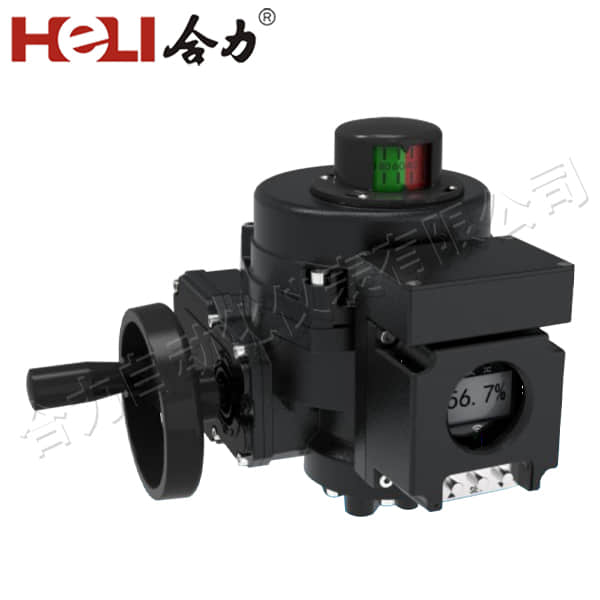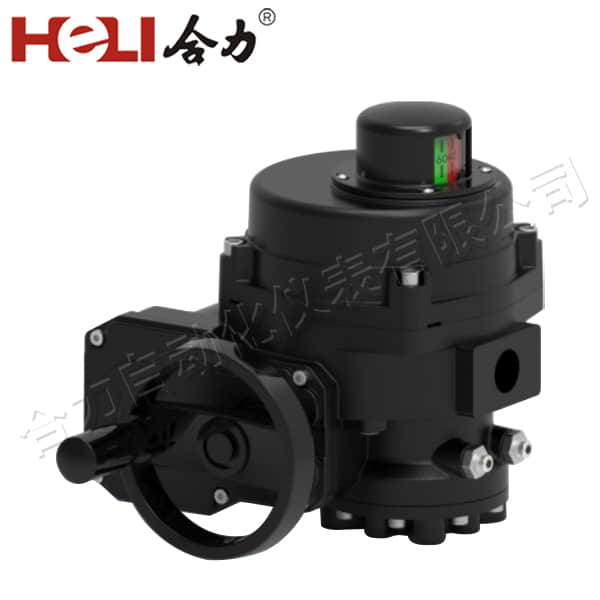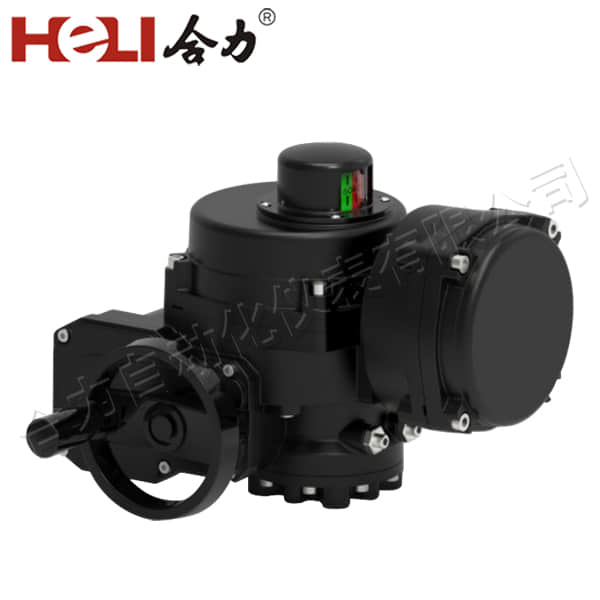In the realm of modern automation systems, the electric actuator stands as a pivotal component, transforming electrical signals into mechanical motion. Its role is indispensable in various industrial applications, ensuring precise and reliable control of machines and processes.

The electric actuator, essentially, is a device that converts electrical energy into mechanical energy. It consists of a motor, transmission mechanism, and control system, working in tandem to achieve desired movements. The motor, typically an electric motor, provides the driving force, while the transmission mechanism converts this force into the desired form of motion, whether it be linear or rotational. The control system, on the other hand, regulates the actuator’s operation, ensuring accurate and responsive performance.

The versatility of the electric actuator lies in its ability to adapt to diverse applications. In industrial automation, it is commonly used in conveyor systems, packaging machines, and robotic arms, where precise positioning and control are crucial. Its precision and reliability make it a suitable choice for tasks that require high degrees of accuracy, such as assembly lines and inspection systems. Moreover, the electric actuator’s performance can be tailored to meet specific requirements. Through the use of advanced control algorithms and sensors, the actuator can be programmed to respond to various input signals, achieving desired movements with great precision. This flexibility allows the actuator to be integrated into complex systems, enabling seamless automation and optimization of processes.

Leave a Reply